Zhouzhuang Town
Zhouzhuang Ancient Town is a preferred site for world cultural heritage and the first batch of national 5A tourist attractions. It is located in the southeast of Suzhou City and at the junction of Kunshan, Wujiang and Shanghai.
Zhouzhuang Ancient Town is surrounded by water, because of the river into the town, according to the water into the street, to the street as the market. Fourteen ancient stone bridges built in the Yuan, Ming and Qing dynasties are well preserved in the well-shaped River course. More than 800 aborigines live in the river, and more than 60% of the houses still preserve the architectural style of the Ming and Qing Dynasties.
The main scenic spots of Zhouzhuang ancient town are Fuan Bridge, Shuangqiao, Shen Hall and so on.
During the Spring and Autumn Period and the Warring States Period, the King of Wu and the King of Yue shook their territory.
Tang Zhenguan fourteen years (640 years), the territory belongs to Jiangnan Road, Suzhou Prefecture.
In the first year of Wanshou Tongtian (696), Suzhou Prefecture was called Changzhou County because of its flourishing population, flourishing agriculture and commerce, and doubled taxes and corvee.
In the first year of Yuanyou in Northern Song Dynasty (1086), Zhou Di-lang built a temple called Quanfu through farming and donating land to his houses and nunneries. People thanked Zhou Di-lang for his kindness and renamed Zhenfengli as Zhouzhuang. During the change of Jingkang, Gongjin, the twentieth-phase emperor, settled here along with the Song Dynasty's South crossing, and the popularity became dense.
From Yuan Dynasty to Shun Dynasty (1330), Shen You and Zi Wansan of Shenjiayang, Huzhou, Zhejiang moved to Zhouzhuang Dongzhuang to start their own business and then engaged in trade, which led to the emergence of grass markets in the middle part of the North-South Street on the west side of Yinzibang.
At the beginning of Ming Dynasty, Chengji Town was established. During Chenghua period, it was changed to Huating County, Songjiang Prefecture.
Jiajing 21 years (1542), divided into Huating County and Shanghai County, part of the Qingpu County, the territory belongs to Qingpu County; here, Zhouzhuang Market Town set up village covenants to preach the oracle and educate the people, which is the earliest official institution established since Zhouzhuang had historical records.
During the reign of Shunzhi in Qing Dynasty, the territory returned to Changzhou County.
In the first year of Emperor Kangxi (1662), Zhouzhuang set up a city garrison with a total of 1,000 soldiers to garrison, and governed the flood estuaries of Changzhou and Kunshan.
In the thirteenth year of Kangxi, Zhouzhuang Flood Gate was reconstructed in the city garrison, and 15 water and land flood gates were under the jurisdiction outside Jimen, Suzhou.
Yongzheng two years (1724), analysis of Changzhou County set up Yuanhe County. The town was divided into two counties by the boundary of the temple front port and the oil truck ripple. Four fifths of the left bank belonged to Zhenfengli, Sutai Township, Yuanhe County, and one fifth of the right bank belonged to Tongxiuli, Jiuyong Township, Wujiang County.
Xuantong three years (1911), the implementation of township autonomy.
In the first year of the Republic of China (1912), Changzhou, Yuanhe and other counties were abolished. The territory belonged to Wu County, and Zhouzhuang Township Office was established.
In the six years of the Republic of China (1917), Zhouzhuang Town Public Office was established.
In the sixteenth year of the Republic of China (1927), the Preparatory Committee for Township Affairs of Zhouzhuang, Wuxian County was established.
In the seventeenth year of the Republic of China (1928), the Party Department of Wuxian County of the Kuomintang established the seventh division in Zhouzhuang, where Fei Gong was directly secretary. civil
In March 1929, Wu County set up eleven districts in Zhouzhuang, which administered two towns, Zhouzhuang and Chen Tomb (now Jinxi Town), and 45 townships nearby.
In the twenty-fourth year of the Republic of China (1935), 45 townships were combined into eight townships: Verbei, Dianbei, Hudong, Huxi, Chen Nan, Chen Bei, Xiudang and Naopu.
In the twenty-six years of the Republic of China (1937), the Japanese invaders invaded and Zhouzhuang established the Maintenance Council.
In October of the twenty-seventh year of the Republic of China (1938), the Ministry of Chen Yaozhong of the 735 Regiment of the 45th Army Independent Brigade cancelled the maintenance meeting and established the Zhouzhuang Town Public Office.
In July 1941, Wuxian County rebuilt eleven districts of Chen Tomb, which administered Zhouzhuang and Chen Tomb areas.
In May, 1942, the Japanese puppet regime established the twelve districts in Zhouzhuang. In June of that year, the district office was renamed Qingxiang Special District Office.
In June 1945, the Qingxiang Special District Department moved to Chen Tomb. On December 9, Zhouzhuang established the Association for the Advancement of Local Autonomy.
In March, 1946, Zhouzhuang Town was renamed Chuling Town, and two years later it was renamed Zhouzhuang Town.
In the thirty-sixth year of the Republic of China (1947), Huxi Township was merged into Dianbei Township, Yiming Dianbang Township.
On May 8, 1949, Zhouzhuang was liberated and called Zhouzhuang Town. In November, Chibei Township was renamed Taishi Township, Dianbang Township was renamed Shuanghu Township, Hudong Township was renamed Banghu Township, and one town and three townships were respectively subordinated to Songnan District of Wuxian County.
In September 1952, 1 town and 3 townships were divided into Kunshan County, which belongs to Dianxi District.
In March 1956, Taishi Township was divided into Banghu Township and Shuanghu Township. In August, Banghu Township and Shuanghu Township were merged into Zhouzhuang Township.
In 1998, the National Tourism Administration awarded the title of "Famous Scenic Spots in China" to Zhouzhuang Ancient Town Tourist Area.
In 2003, Zhouzhuang Town was awarded the Asia-Pacific World Heritage Protection Award by UNESCO.
In 2006, Zhouzhuang Town was confirmed by the State Administration of Cultural Relics to be re-selected as the "Preparatory List of World Cultural Heritage in China".
In 2007, Zhouzhuang Town passed the National Tourism Administration's "First AAAAA Class Tourist Scenic Spots".
In 2008, Zhouzhuang was officially named as the hometown of Chinese folk culture and art (water folk custom) by the Ministry of Culture.
In 2010, Zhouzhuang Town won the title of "National Characteristic Landscape Tourism Town" jointly selected by the Ministry of Housing and Construction and the Tourism Bureau.
In 2011, Zhouzhuang was awarded the title of "National Low Carbon Tourism Experimental Zone" by China Environmental Protection Federation and China Tourism Association Tourist Scenic Area Association.
In 2012, Zhouzhuang Ancient Town was selected as a tourism scenic spot of low-carbon tourism demonstration area.
In 2014, Zhouzhuang Town was awarded the title of "Jiangsu Intelligent Tourism Demonstration Base" by Jiangsu Tourism Bureau.
Zhouzhuang Ancient Town is located 38 km southeast and 33 km southwest of Suzhou City. Shanghai is about 70 km away from Zhouzhuang City. It is between Shanghai, Suzhou and Hangzhou.
Climatic environment
Zhouzhuang Ancient Town belongs to subtropical monsoon climate with distinct seasons , humid climate, abundant sunshine, long frost-free period, surrounded by mountains and rivers, abundant water sources and lush vegetation.
tea culture
The tea culture in Zhouzhuang ancient town has a long history. It has been known as "Jiangnan Tea Road" because of the customs of eating "Grandma Tea", "Tea Talking", "Tea Happiness", "Spring Tea" and "Fuyue Tea".
Folk quyi
The silk string Xuanjuan is a traditional folk art of Zhouzhuang, which has been spreading for nearly 200 years.
Women's clothing
Zhouzhuang women's traditional clothes are narrow sleeves, flower bottoms and exquisite embroidery.
Silk string scroll
Xuanjuan is a unique form of folk opera in Zhouzhuang village. It is similar to the name of the court, but also has the wind of rap and comment. According to the number of artists and the complexity of the performance, Xuanjuan can be divided into two types: silk string Xuanjuan and wooden fish Xuanjuan. The former usually consists of six people who play Erhu Sanxian, flute, wooden fish, bronze robe and other musical instruments, while the other one beats Buddha robes and recites Buddha slogans in the form of harmony rolls.
Special food
Ten thousand hoof
Thirteen thousand feet is a must-have dish for the distinguished guests of Shen Wansan's family, which is rich in the south of the Yangtze River. After hundreds of years of spreading, it has become the main dish of Zhouzhuang people's New Year's Festival and wedding banquet, meaning reunion, and also the best dish for guests.
Wan San cake
Zou's ancestors opened Gongmao Tea Workshop as early as the early Ming Dynasty. During the festival, his neighbor Shen Wansan often ordered a large number of cakes to give and entertain relatives and friends, and was later known as "Wansan Cakes". Zou's Tea Workshop not only produces traditional 13,000 cakes and Fugong Crisps, but also meets different customers'tastes according to seasonal changes. It produces more than 20 series of cakes, such as sesame cakes, peanut cakes, walnut cakes, jade ribbon cakes, mint cakes, salt cakes, muffin cakes, fragrant baking cakes, thousand-layer cakes and step cakes.
Grandma tea
Older people maintain an ancient and charming way of drinking tea - stewing tea. A big dragon water tank is placed in the house and stored in the water. When tea is eaten, it is scooped into earthenware pots, placed on the stove, and boiled with branches. Make tea with a sealed cup or purple sand teapot, put tea, start with a small amount of boiling water first order "tea brewing", then cover the lid, wait for a moment, then rinse a large amount of boiling water.
The people's government of Zhouzhuang Town is responsible for organizing, coordinating and supervising the construction of key protected areas, buffer zones and tourism supporting control zones in ancient towns. The Office of the Zhouzhuang Ancient Town Protection Committee (hereinafter referred to as the Ancient Town Protection Office) is responsible for the protection of the ancient town. According to the relevant laws and regulations of the state, provinces and municipalities, as well as the Interim Measures for the Protection of the Ancient Town of Zhouzhuang and the Detailed Plan for the Protection of the Ancient Town of Zhouzhuang, the protection of the
The key protected areas of ancient towns refer to the following areas: from the west to the oil car ripple and the temple front port; from the north to the north of Hougang Street and the west of Pojiang Street; from the east to the north, Yinzibang and the east of Pijing River; from the south to Nanhu and Xinkai River, the area is 0.24 square kilometers. Buffer Zone refers to the area of 0.23 square kilometers south of the Jishuigang Bridge, except for the Eastern Placanticline and key protected areas. Tourist supporting areas refer to: Bridge Road and all areas south of the bridge except 0.47 square kilometers.

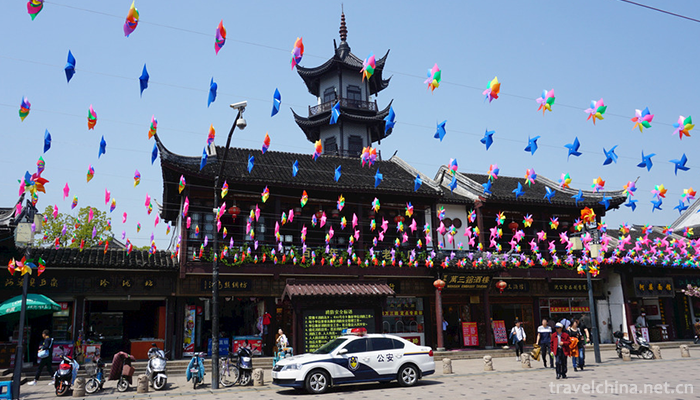
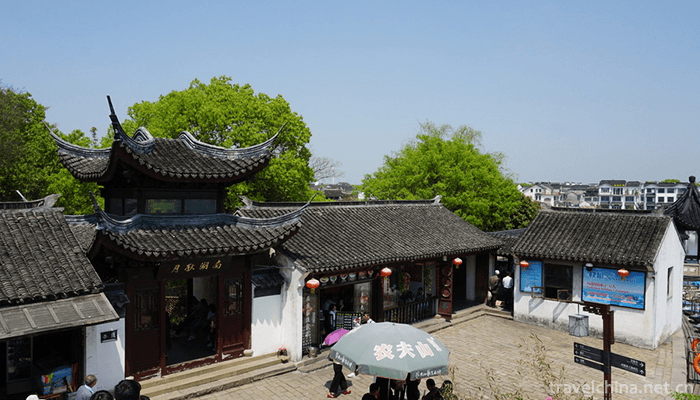
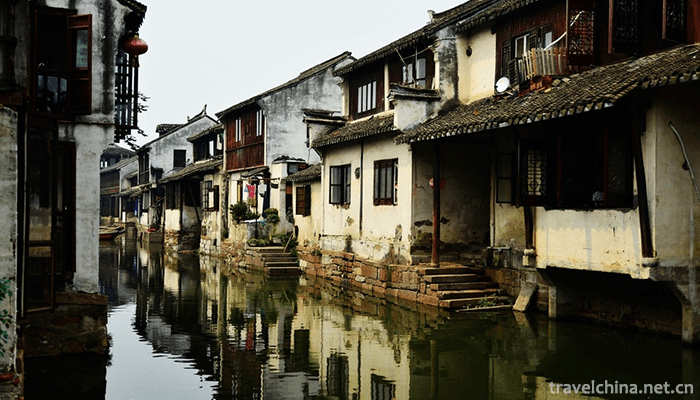
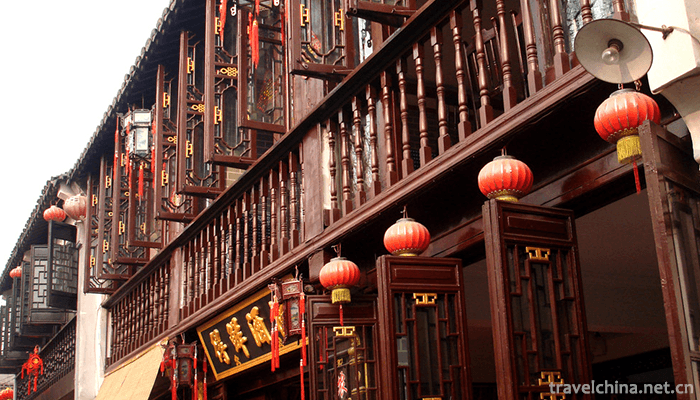
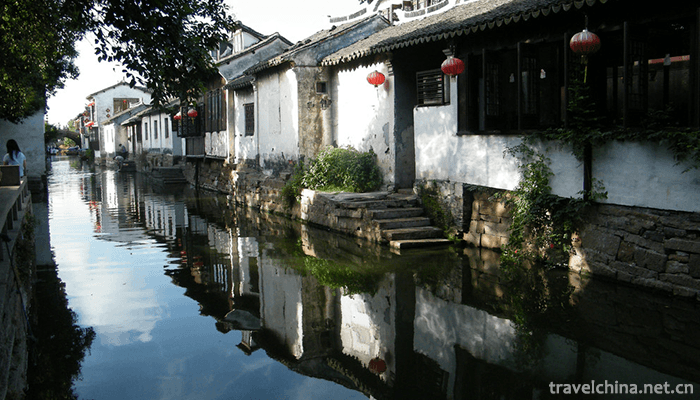
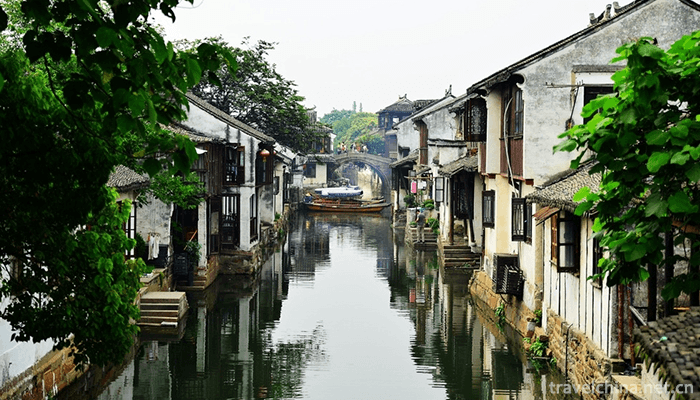
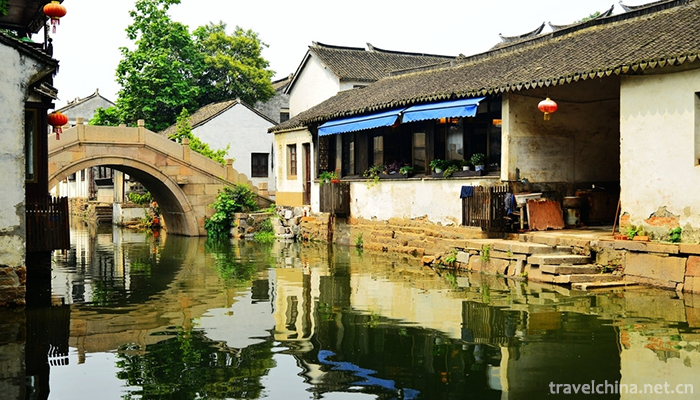
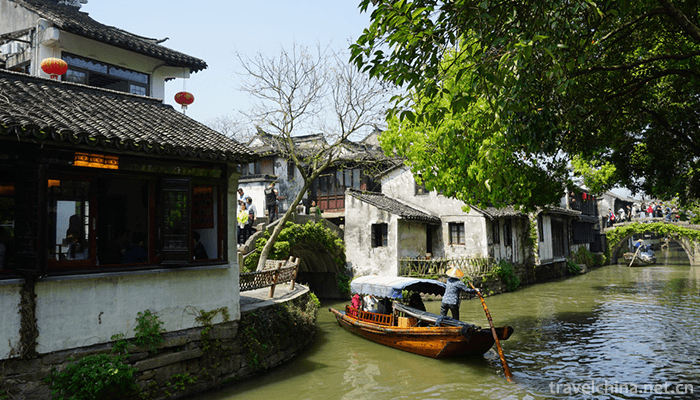

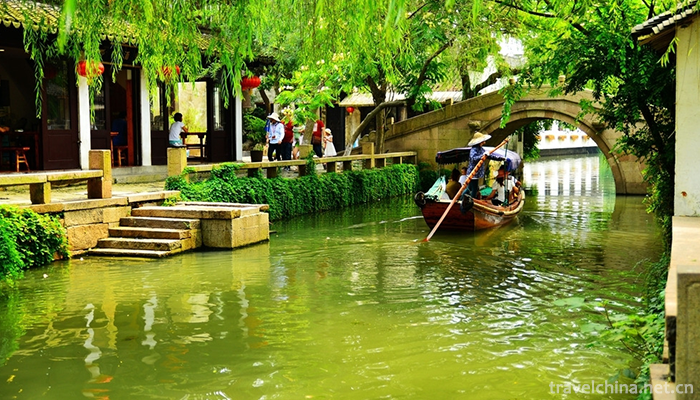
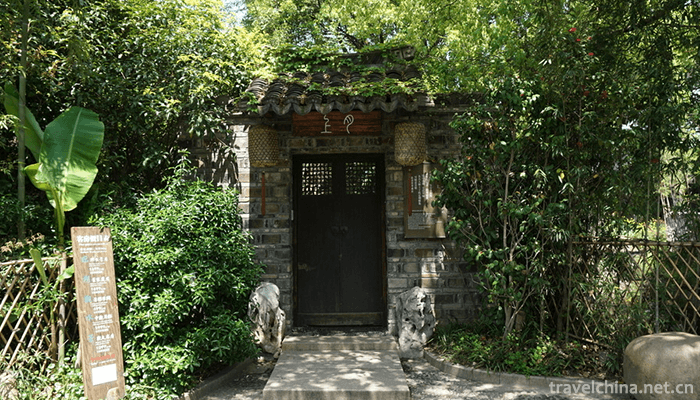

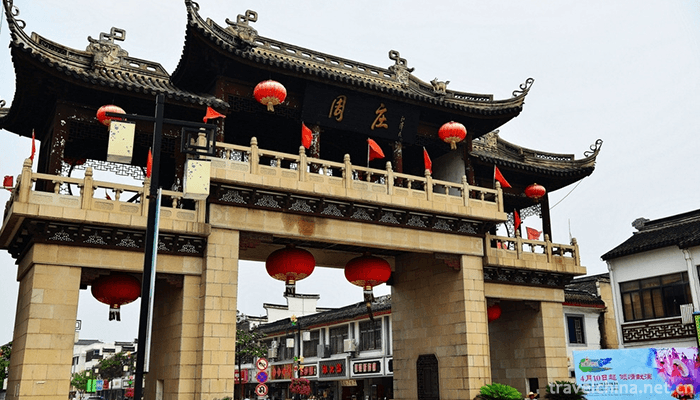
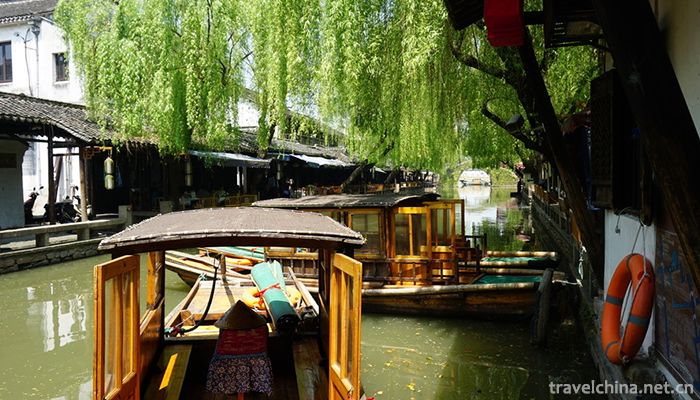
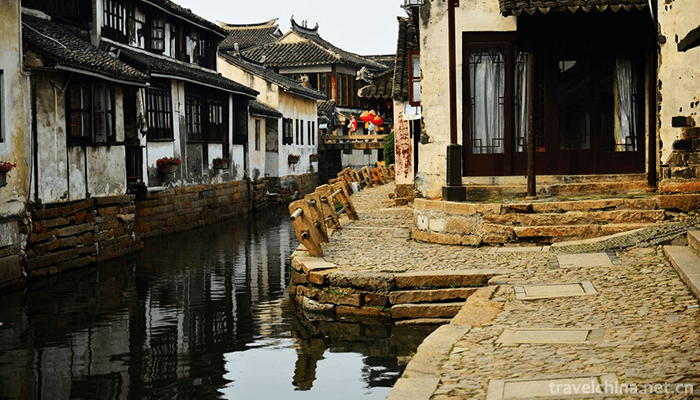
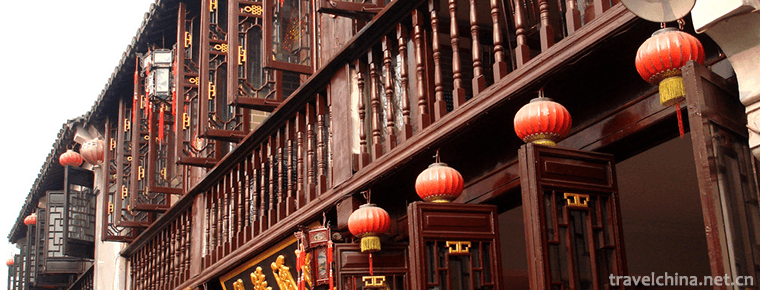
-
1.Meili Snow Mountain
Meili Snow Mountain, located in the eastern part of Chayu County, Tibet, and the western part of Jingyunling Township, Deqin County, Diqing Tibetan Autonomous Prefecture, Yunnan Province
Time 2018-11-13 -
2.Baishuizhai Scenic Area
Baishuizhai Scenic Spot is located in Paitan Town, Zengcheng District, with an area of about 170 meters. The Tropic of Cancer passes through it. It is known as the magnificent Emerald on the Tropic
Time 2019-01-02 -
3.Jinshuitai Hot Spring Scenic Area
Jinshuitai Hot Spring is a hot spring resort built according to the national AAAA scenic standard. It is located in Shuitai Town, Xinxing County, Guangdong Province
Time 2019-01-27 -
4.Longsheng Hot Spring Resort
Longsheng Hot Spring is located 32 kilometers northeast of Longsheng County. It takes 40 minutes to get to Longsheng Hot Spring by bus from the county town. Hot springs are gushed from rock strata 120
Time 2019-02-06 -
5.Legend of Ji Gong
The legend of Jigong is a kind of Chinese folk oral literature evolved from the story of Daoji, a Buddhist monk in the Southern Song Dynasty. It is centered in Tiantai County,
Time 2019-05-05 -
6.Liu Zi Opera
Liuzi Opera, a local traditional drama popular in Shandong, Henan, Hebei, Jiangsu and Anhui, is one of the national intangible cultural heritage.
Time 2019-05-14 -
7.Mangkang Trichord Dance
Sanxian Dance originated in Quzika Township, Mangkang County, Changdu District. It has the unique charm of simplicity, elegance, melodiousness and ease, and is deeply loved by the masses. Passengers p
Time 2019-05-22 -
8.Yi dress
The costumes of the Yi nationality are colorful, unique in style, and have nearly 100 kinds of shapes. Historically, because of the numerous branches and scattered residence of the Yi people, there ar
Time 2019-07-12 -
9.Anhui University
( Anhui University For short, "anda" is located in the provincial capital. Market It's the state. "Double First-Class" initiative "World class discipline construction," M
Time 2019-10-04 -
10.Anhui Jianzhu University
Anhui Architecture University is a multi-disciplinary university characterized by the discipline of civil engineering. It is Anhui province. Ministry of housing and urban rural development To build th
Time 2019-10-10 -
11.Climate of Yibin
Yibin City has a humid monsoon climate in the middle subtropics, and the low hills and river valleys have the climate attributes of south subtropics. It has the characteristics of mild climate, abundant heat, abundant rainfall, suitable illumination, long fr
Time 2020-12-18 -
12.Yibin social security
By the end of 2019, there were 1.0302 million people participating in the basic endowment insurance for urban employees, an increase of 25500 over the end of the previous year, and 1.921 million people participated in the basic endowment insu
Time 2020-12-18